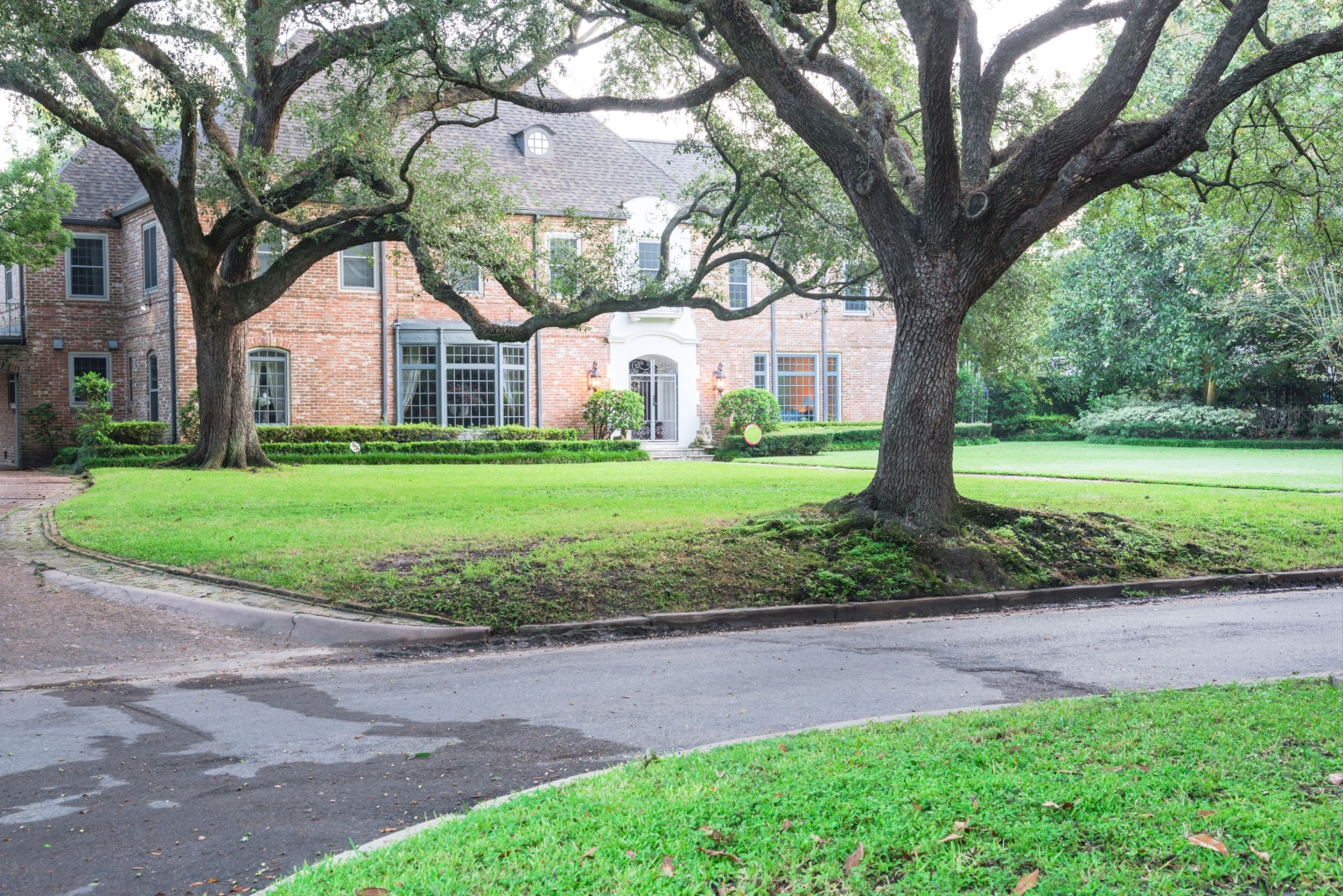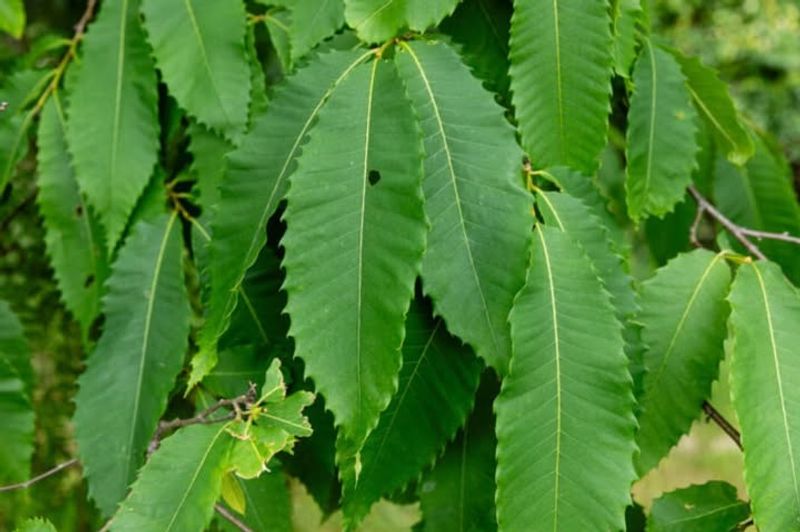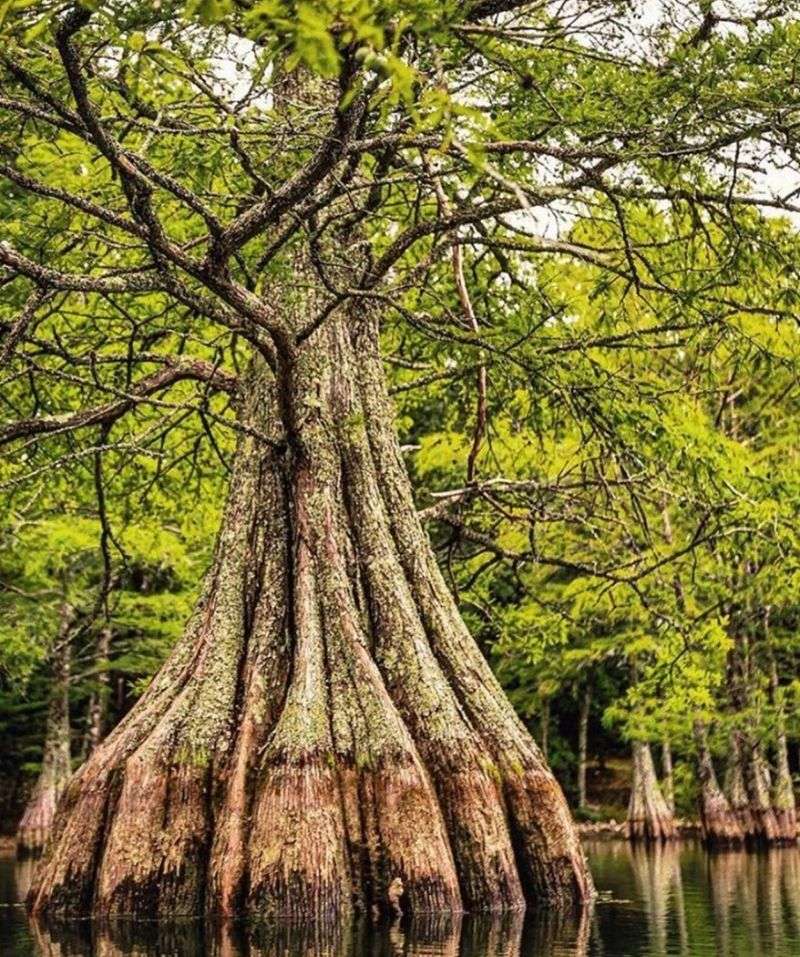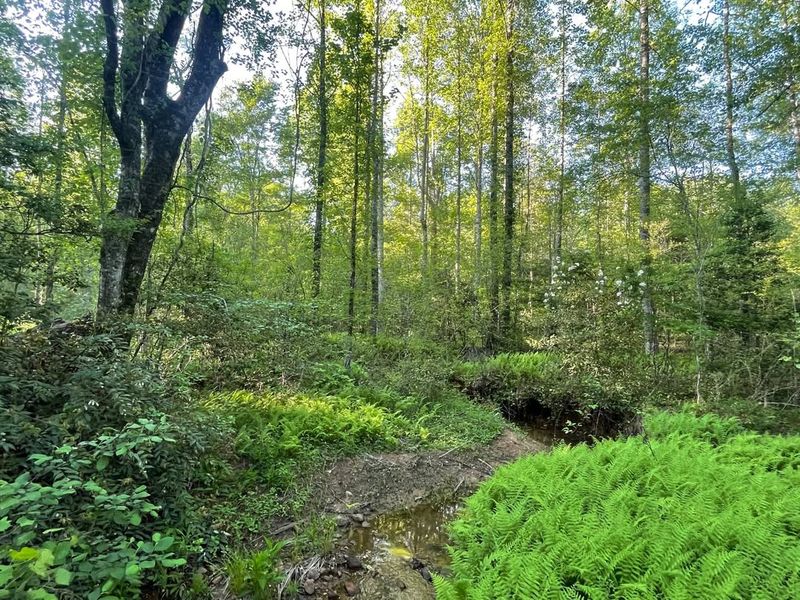Cutting down a tree in Alabama isn’t always as simple as it seems. Some species are protected, and removing them without the proper clearance can lead to steep fines.
These trees play an important role in the state’s landscape and history, so the rules around them are taken seriously. Before you grab a saw, it’s important to know which trees could land you in trouble.
1. Longleaf Pine
Once covering millions of acres across the South, longleaf pines now face protection in many areas. Alabama has specific regulations regarding these majestic trees, especially on state-managed lands and conservation easements.
Their long needles and fire-resistant bark make them ecological treasures. Many wildlife species depend on longleaf pine ecosystems for survival.
Before removing one from your property, check local ordinances and consult forestry officials to avoid violations.
2. American Chestnut
Nearly wiped out by blight in the early 1900s, American chestnuts are rare finds in Alabama today. Any surviving specimens often receive special protection status because of their historical and ecological significance.
These trees once dominated eastern forests and provided food for countless animals. Conservation groups work tirelessly to restore blight-resistant varieties.
Cutting one down without proper authorization could result in serious penalties, so always verify protection status first.
3. Bald Cypress
Standing tall in Alabama swamps and wetlands, bald cypress trees play crucial roles in flood control and habitat creation. Many wetland areas receive federal and state protection, making unauthorized tree removal illegal.
Their unique knees that emerge from water help them breathe in saturated soils. These ancient trees can live for centuries.
Removing them from protected wetlands violates environmental laws and can trigger substantial fines from multiple agencies.
4. Live Oak
With branches spreading like outstretched arms, live oaks hold cultural and historical importance throughout Alabama. Many cities designate particularly old or significant specimens as heritage trees with legal protection.
Their evergreen leaves and impressive canopies provide year-round beauty and shade. Some live oaks have witnessed centuries of Southern history.
Municipal tree ordinances often require permits before touching these icons, and violations can mean fines reaching thousands of dollars.
5. Red-Cockaded Woodpecker Cavity Trees
Any tree containing active red-cockaded woodpecker cavities receives federal protection under the Endangered Species Act. These birds only nest in living pine trees, making their homes legally untouchable.
You can identify cavity trees by white rings of sap surrounding entrance holes. Disturbing or destroying these nesting sites is a federal offense.
Penalties include heavy fines and potential criminal charges, regardless of whether the tree stands on private property.
6. Gopher Tortoise Habitat Trees
Gopher tortoises are protected species in Alabama, and so are the trees that provide their essential habitat. Removing trees from designated gopher tortoise burrow sites can violate wildlife protection laws.
These reptiles need open canopy forests with specific tree species for shelter and food. Habitat destruction threatens their already declining populations.
State wildlife officials monitor these areas closely, and unauthorized tree cutting can result in both fines and habitat restoration requirements.
7. Champion Trees
Alabama maintains a registry of champion trees—the largest known specimens of various species in the state. Many of these record-holders receive special designation and protection.
Being the biggest of its kind makes a tree scientifically valuable and worthy of preservation. Local governments often enact ordinances specifically protecting registered champions.
Cutting down a champion tree without authorization can lead to significant fines and negative publicity for property owners.
8. Trees In Conservation Easements
Properties enrolled in conservation easements come with strict rules about tree removal. Landowners who accept tax benefits or payments for conservation must follow detailed management plans.
These legal agreements often prohibit cutting trees except under specific circumstances like disease control. Violating easement terms can trigger lawsuits and repayment demands.
Always review your easement documents carefully and get written approval before removing any trees from protected acreage.
9. Trees On State Park Land
Every tree standing within Alabama state park boundaries enjoys legal protection. Cutting, damaging, or removing any vegetation without authorization is strictly prohibited and actively enforced.
Park rangers regularly patrol these areas and take violations seriously. State parks preserve natural beauty for all citizens to enjoy.
Penalties for unauthorized tree cutting in state parks include fines, potential criminal charges, and permanent bans from park properties statewide.
10. Streambank Stabilization Trees
Trees growing along streams and rivers often fall under environmental protection regulations. Their root systems prevent erosion and protect water quality, making them ecologically critical.
Alabama’s water quality laws and federal Clean Water Act provisions can restrict streambank tree removal. These trees filter runoff and provide essential aquatic habitat.
Cutting them without proper permits may violate multiple environmental laws, resulting in fines from both state and federal agencies.
11. Municipal Heritage Trees
Many Alabama cities designate certain trees as heritage landmarks due to age, size, or historical significance. Birmingham, Mobile, and other municipalities maintain lists of protected specimens.
These trees often mark important historical sites or represent exceptional examples of their species. Local tree boards carefully monitor their condition and protection.
Removing a heritage tree without city approval typically requires substantial fines, replacement plantings, and sometimes even criminal penalties for willful destruction.












